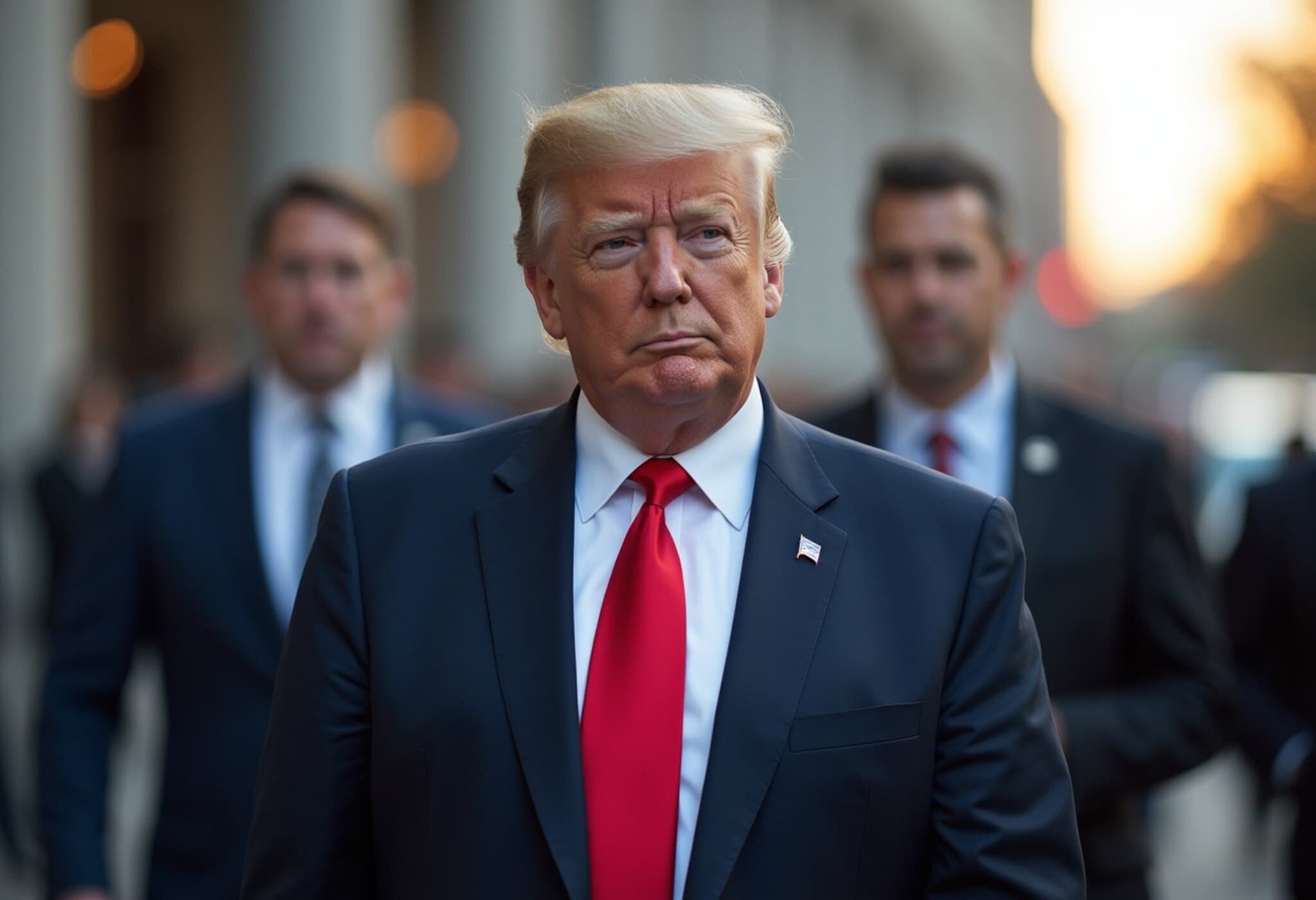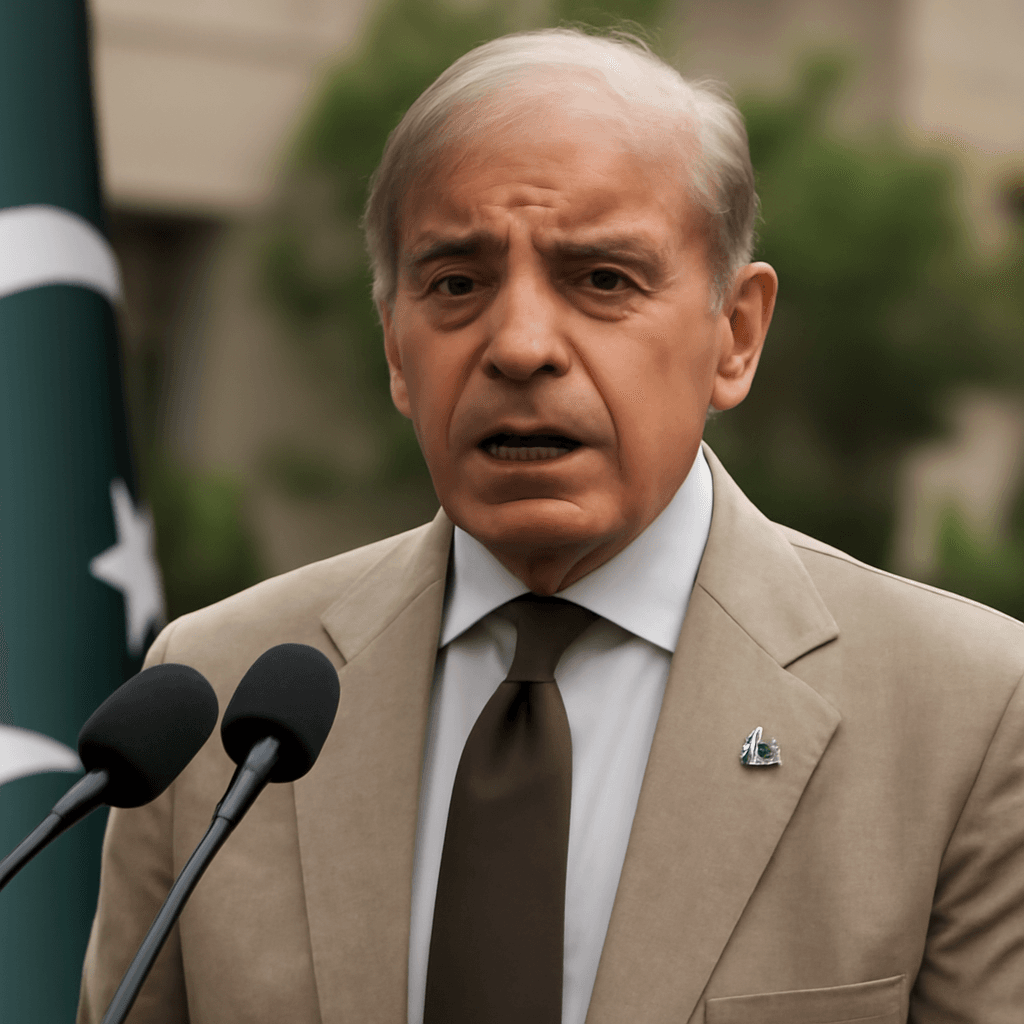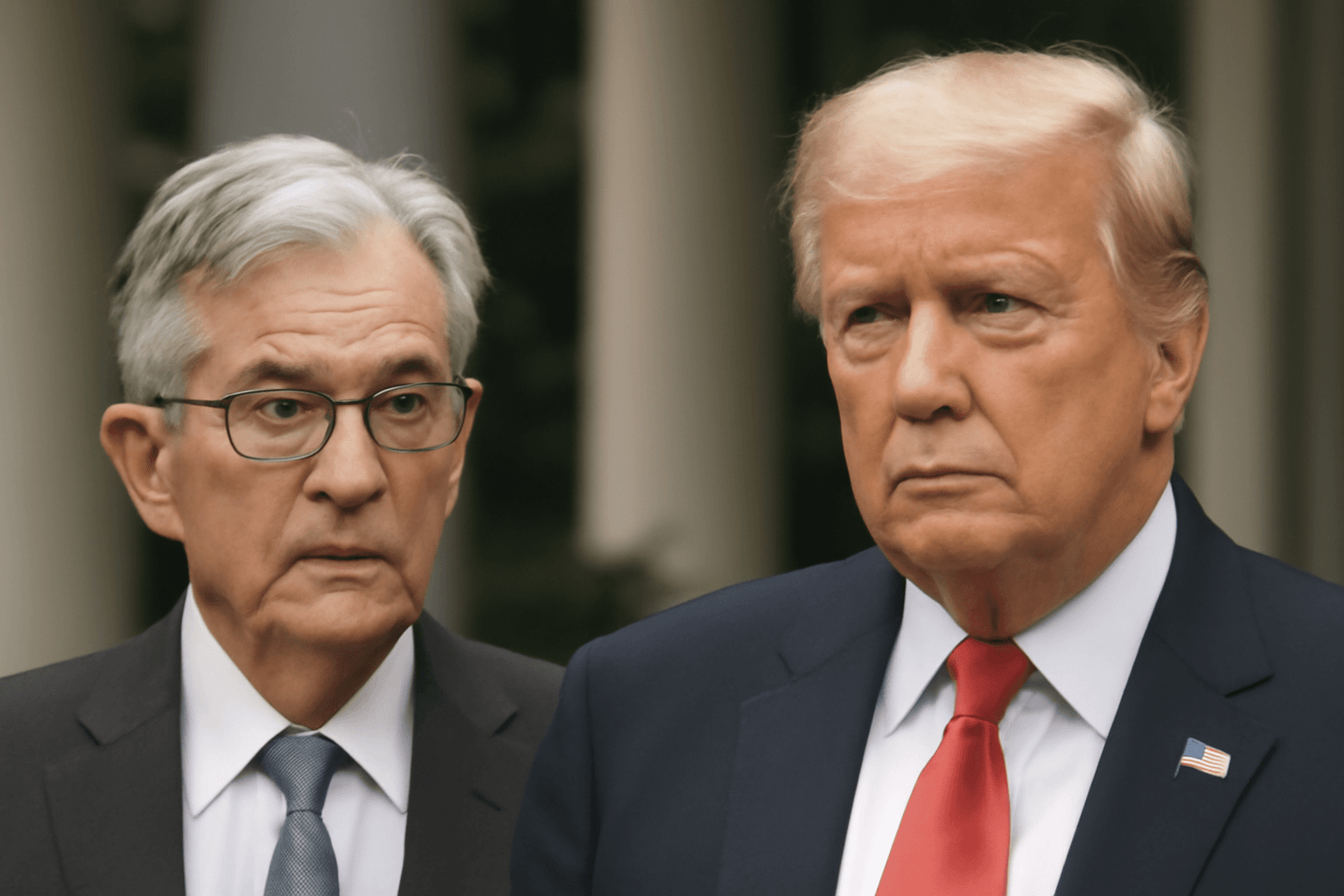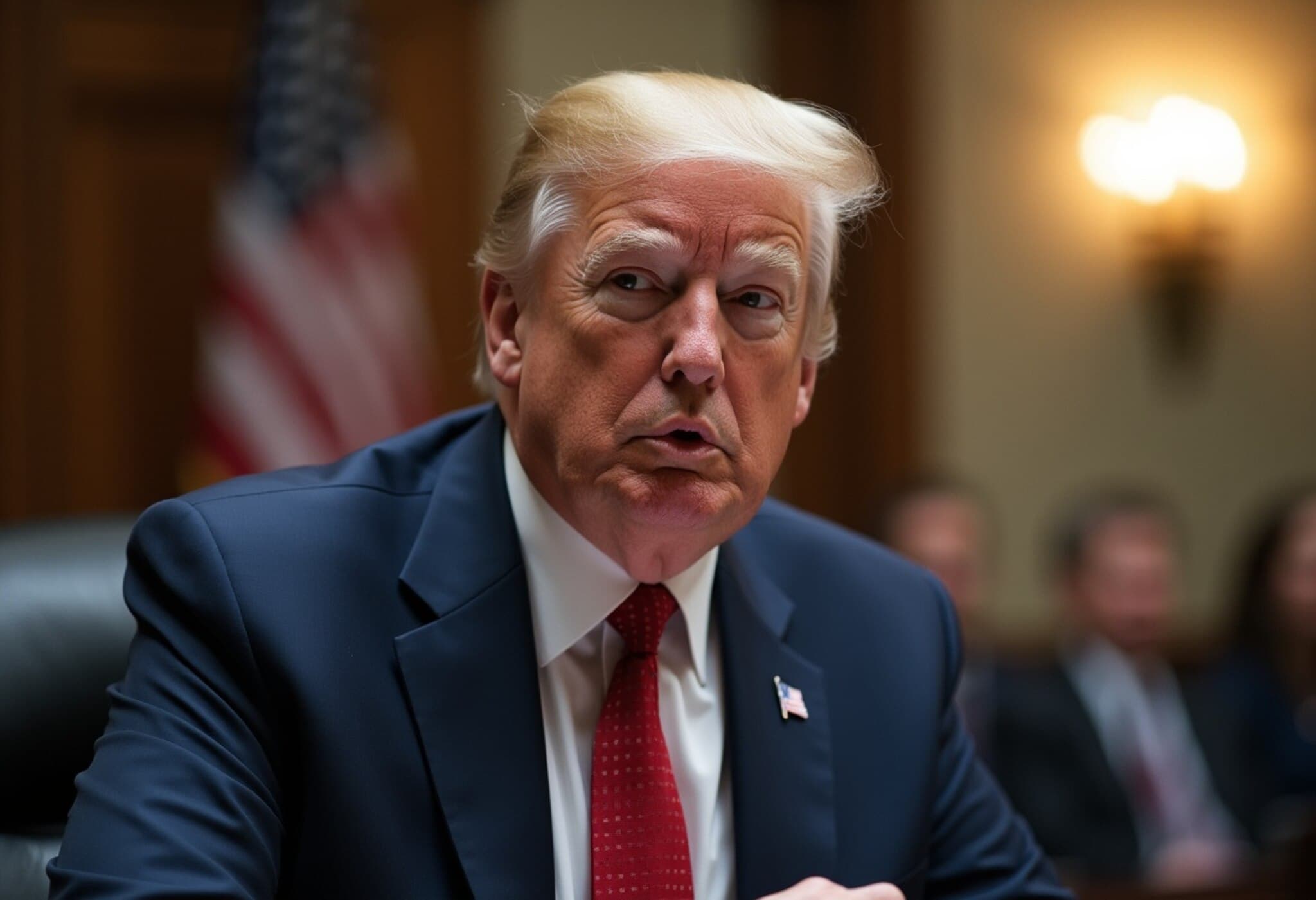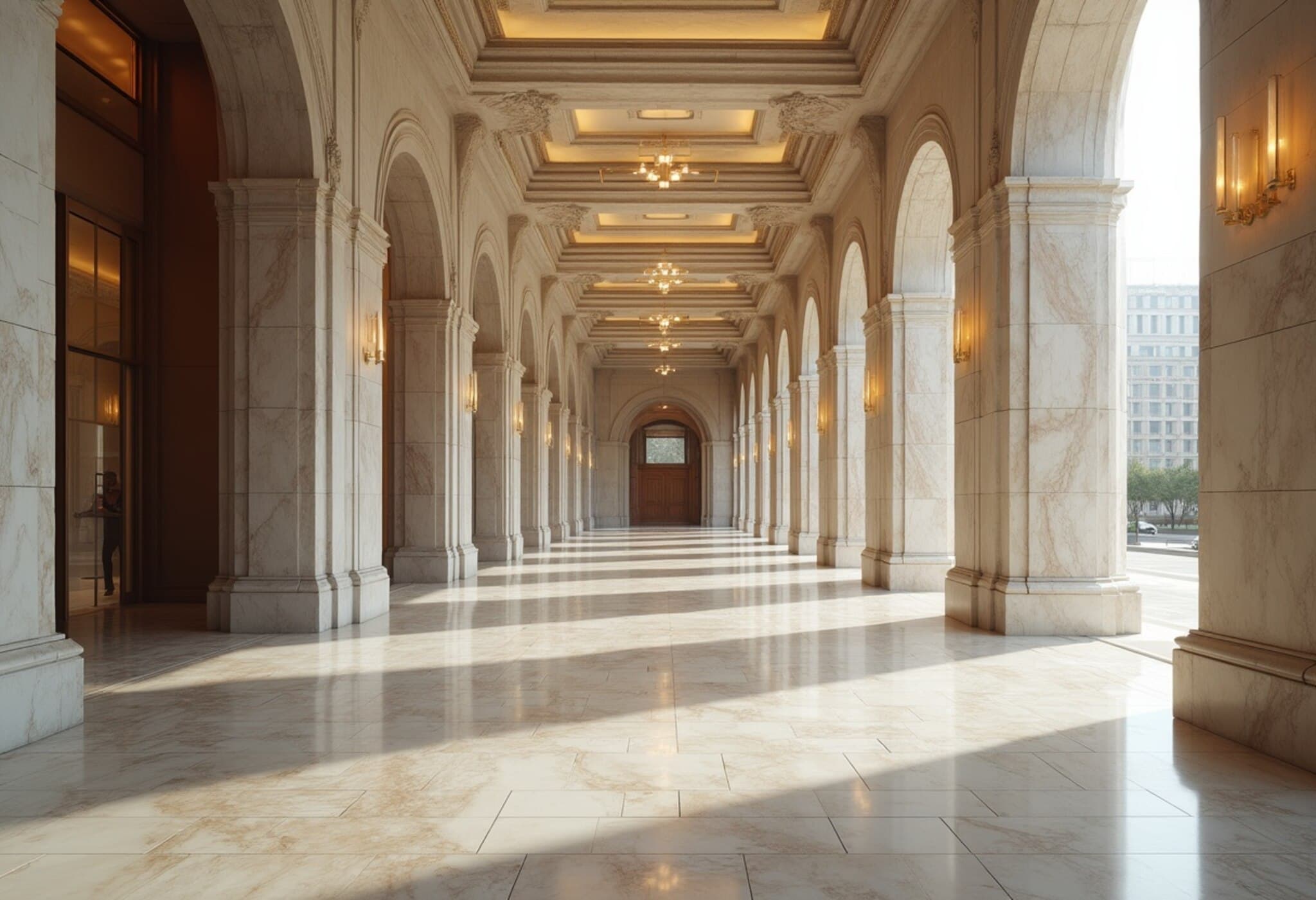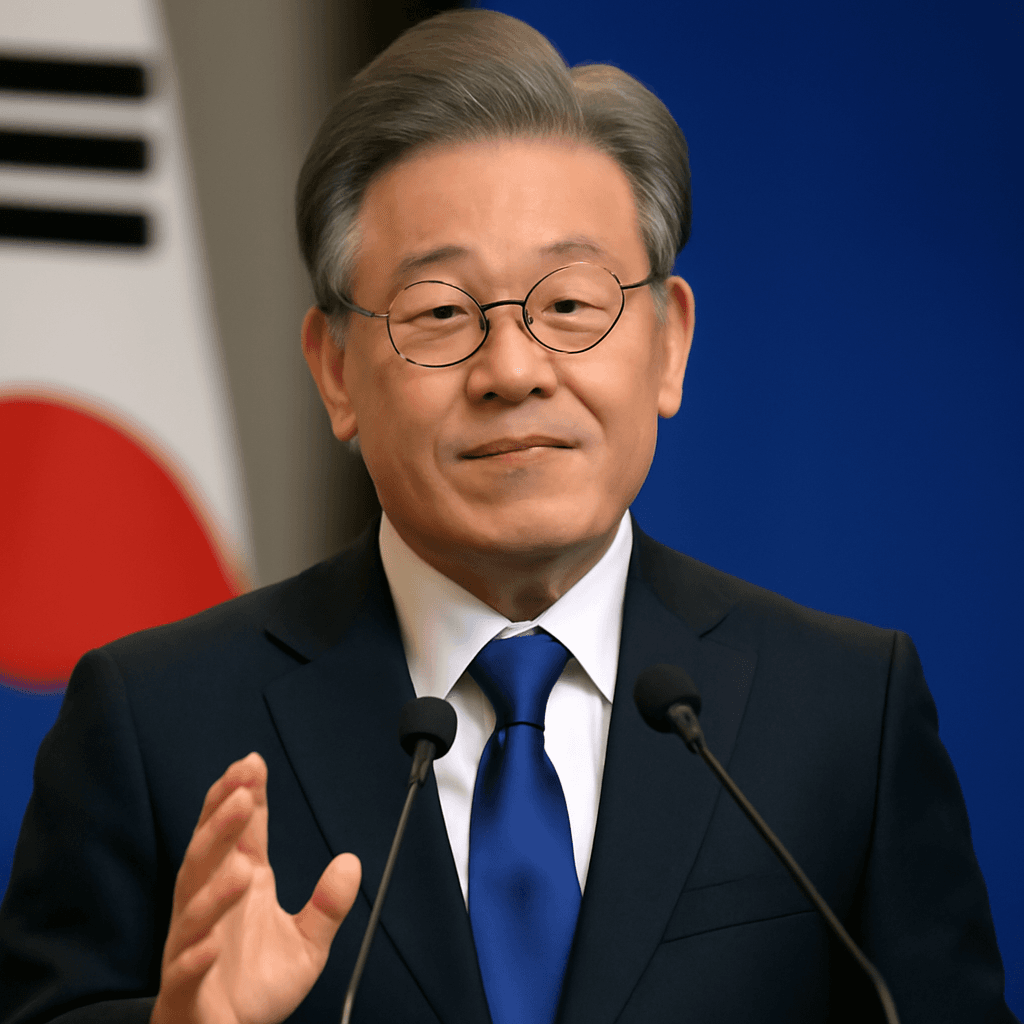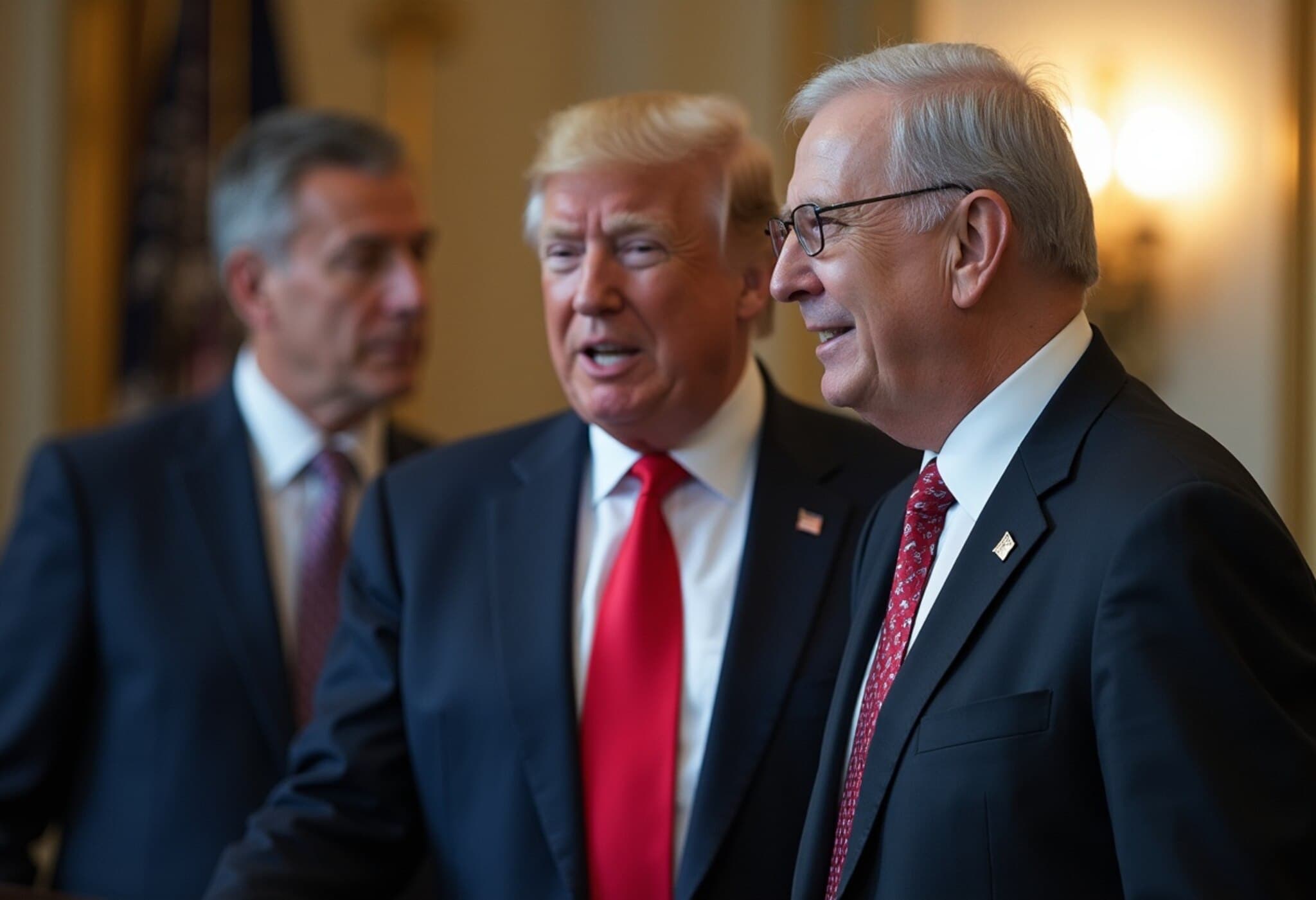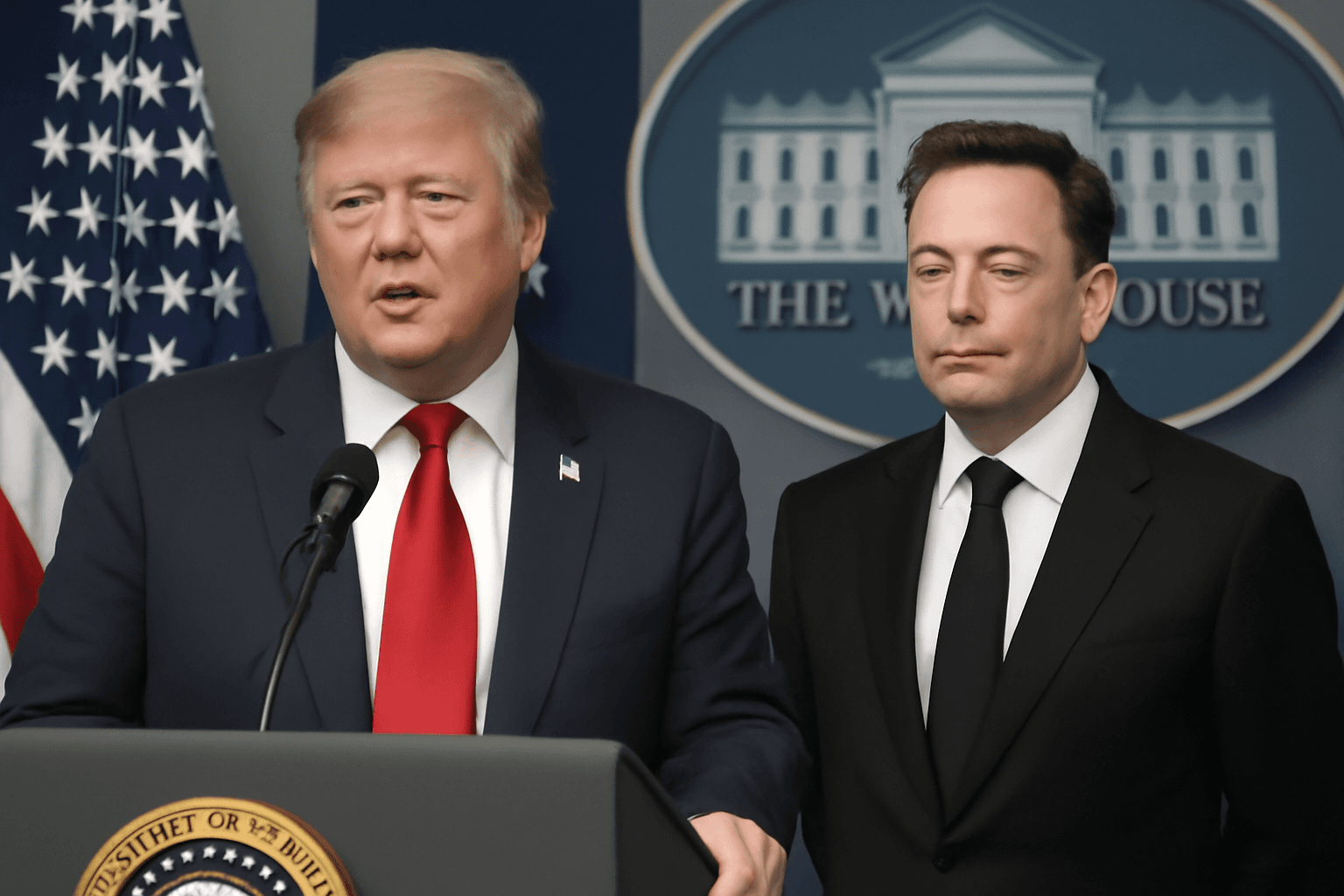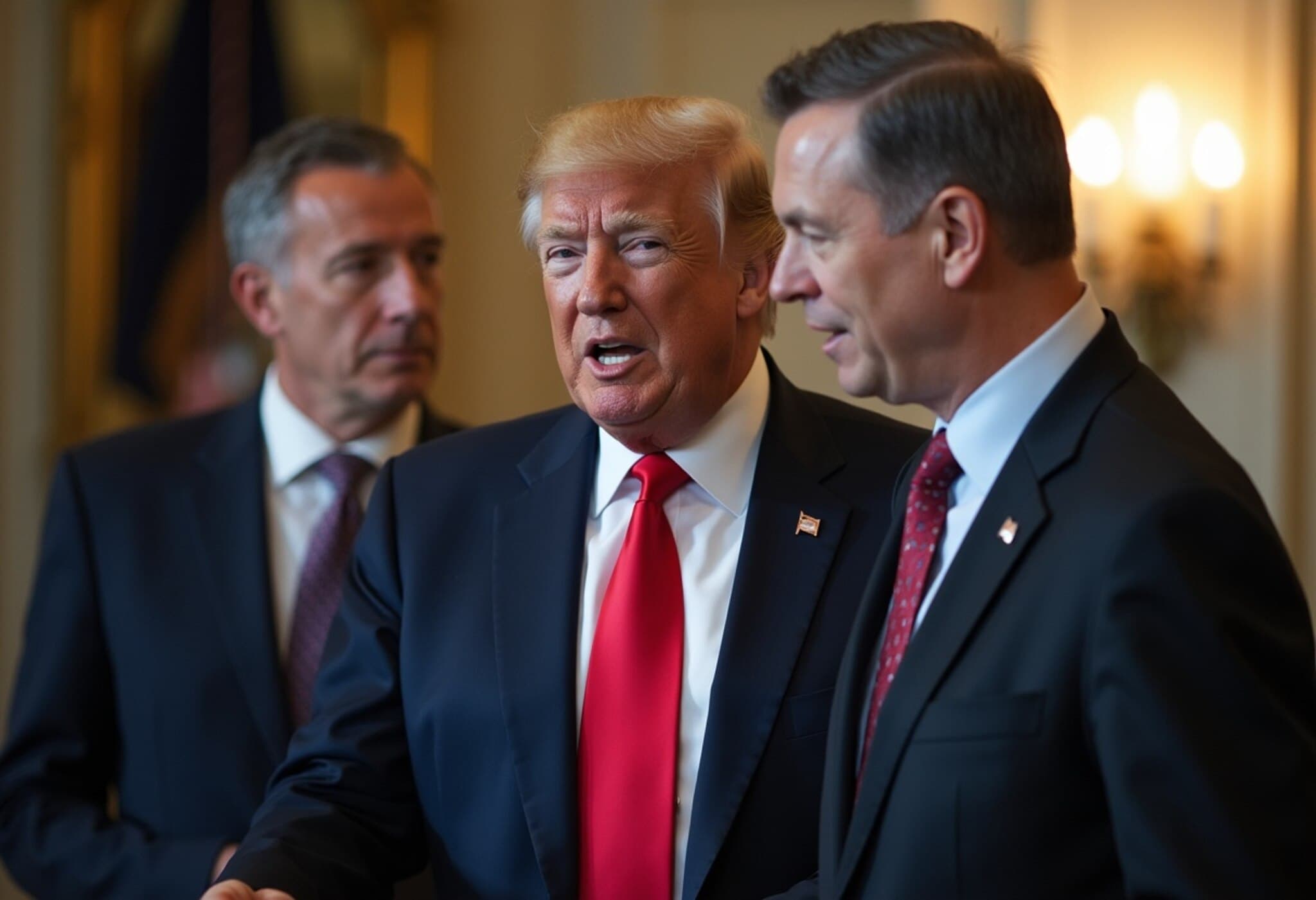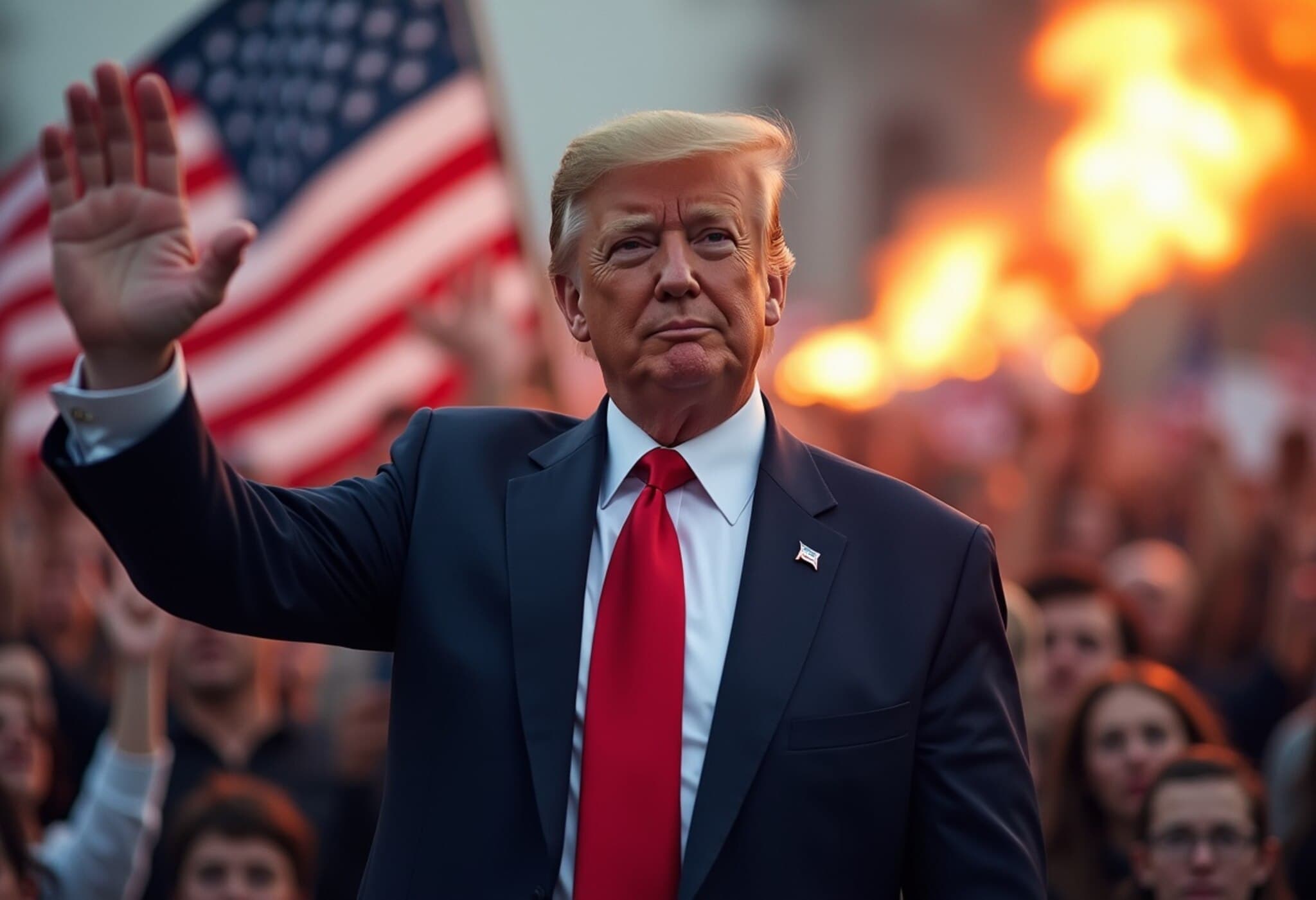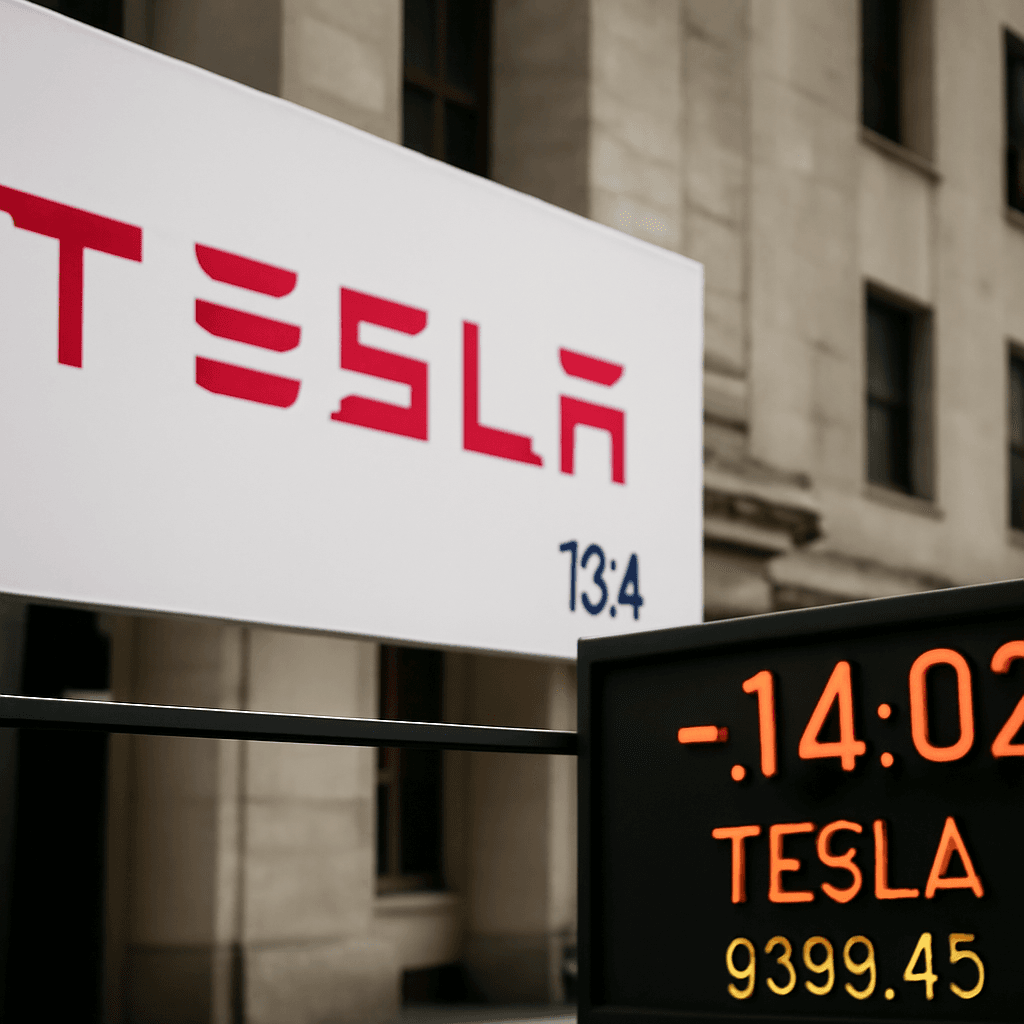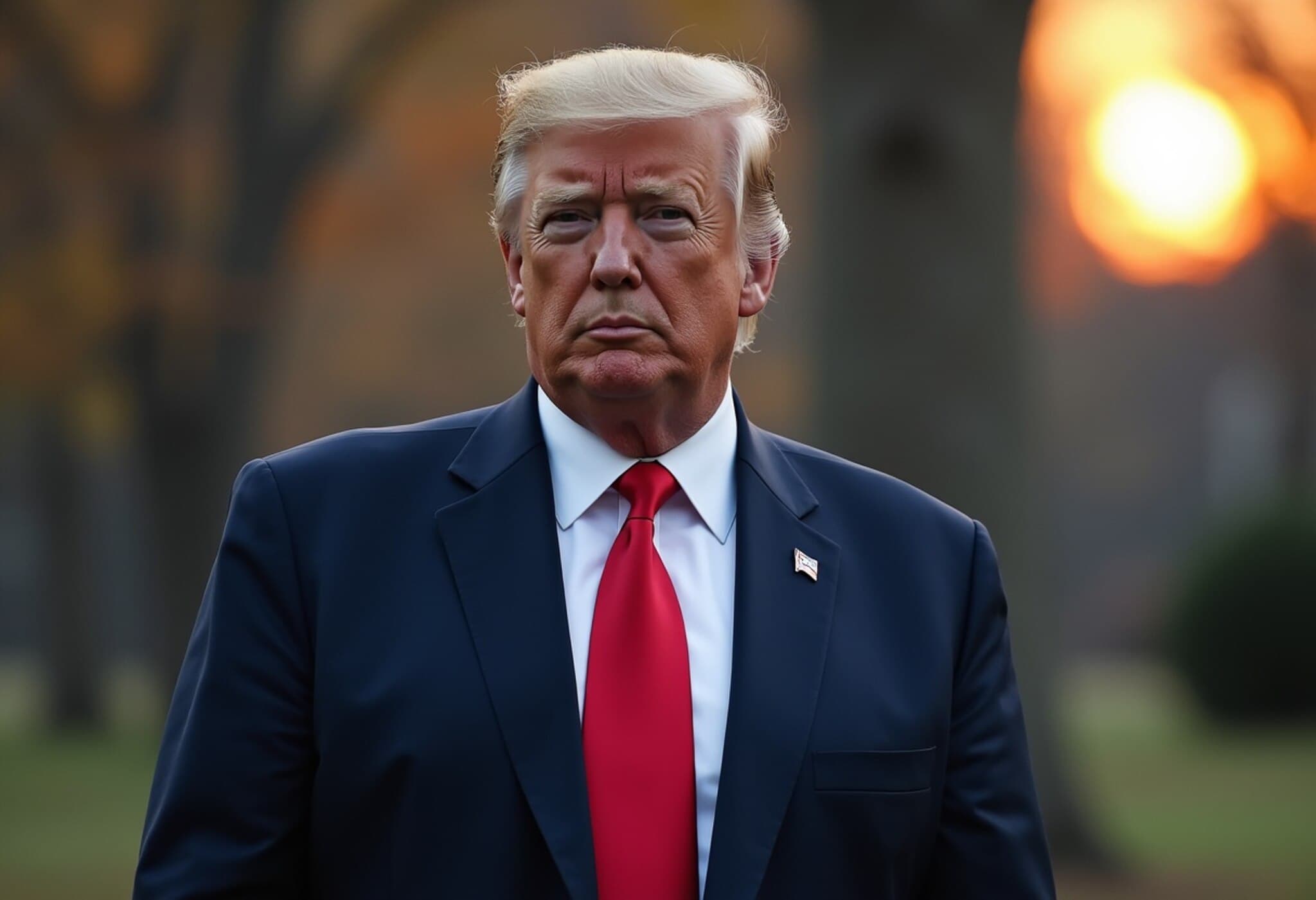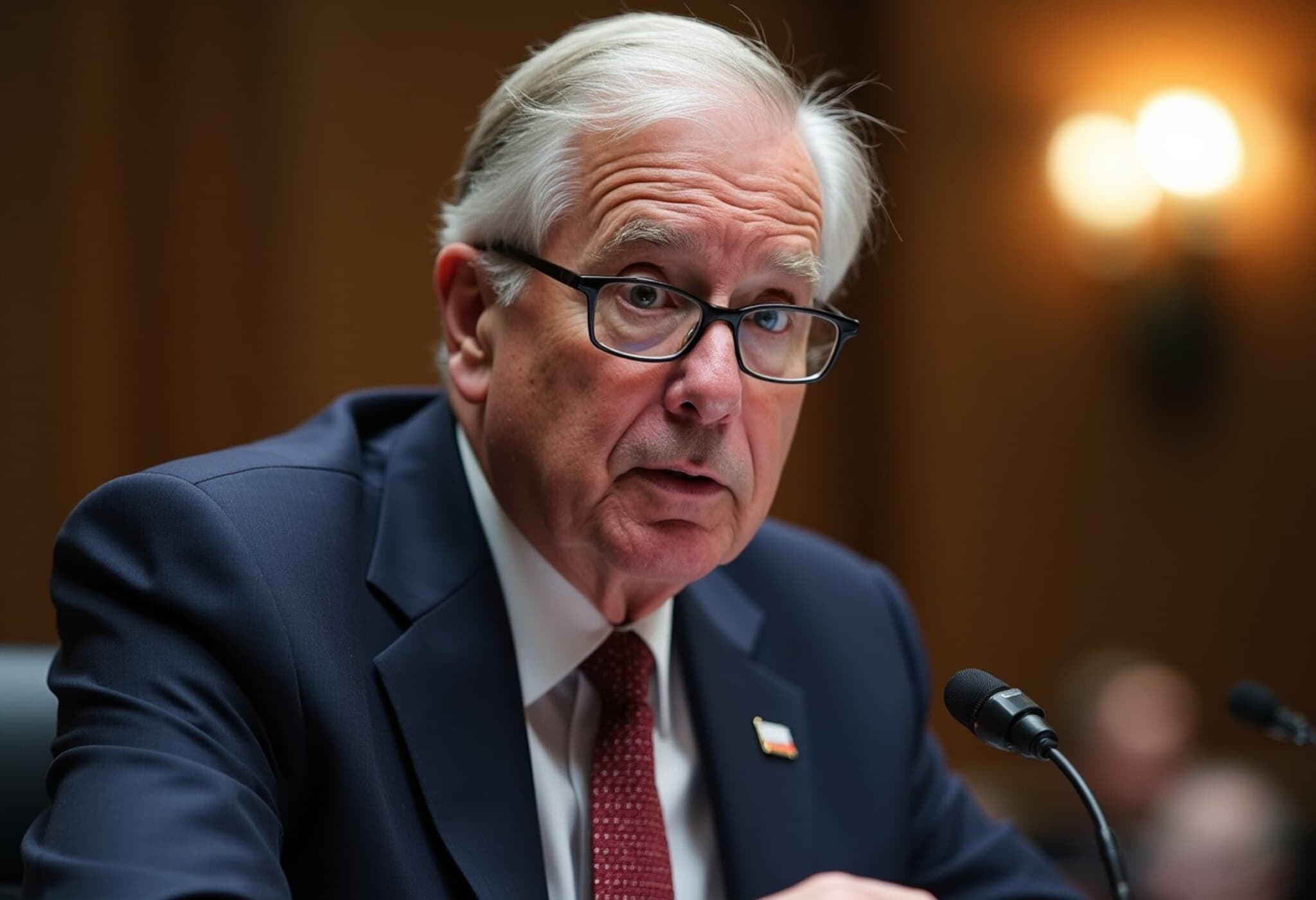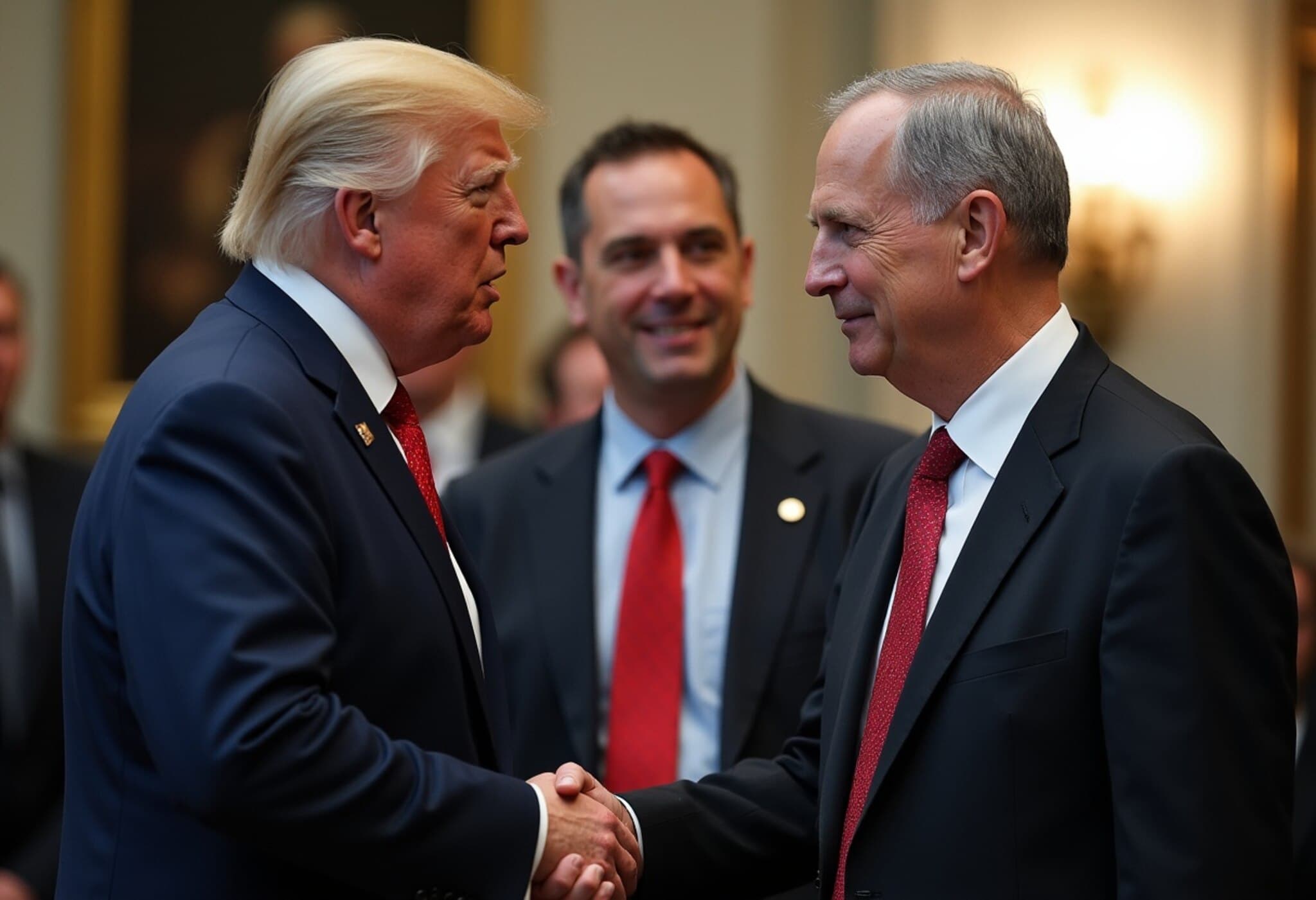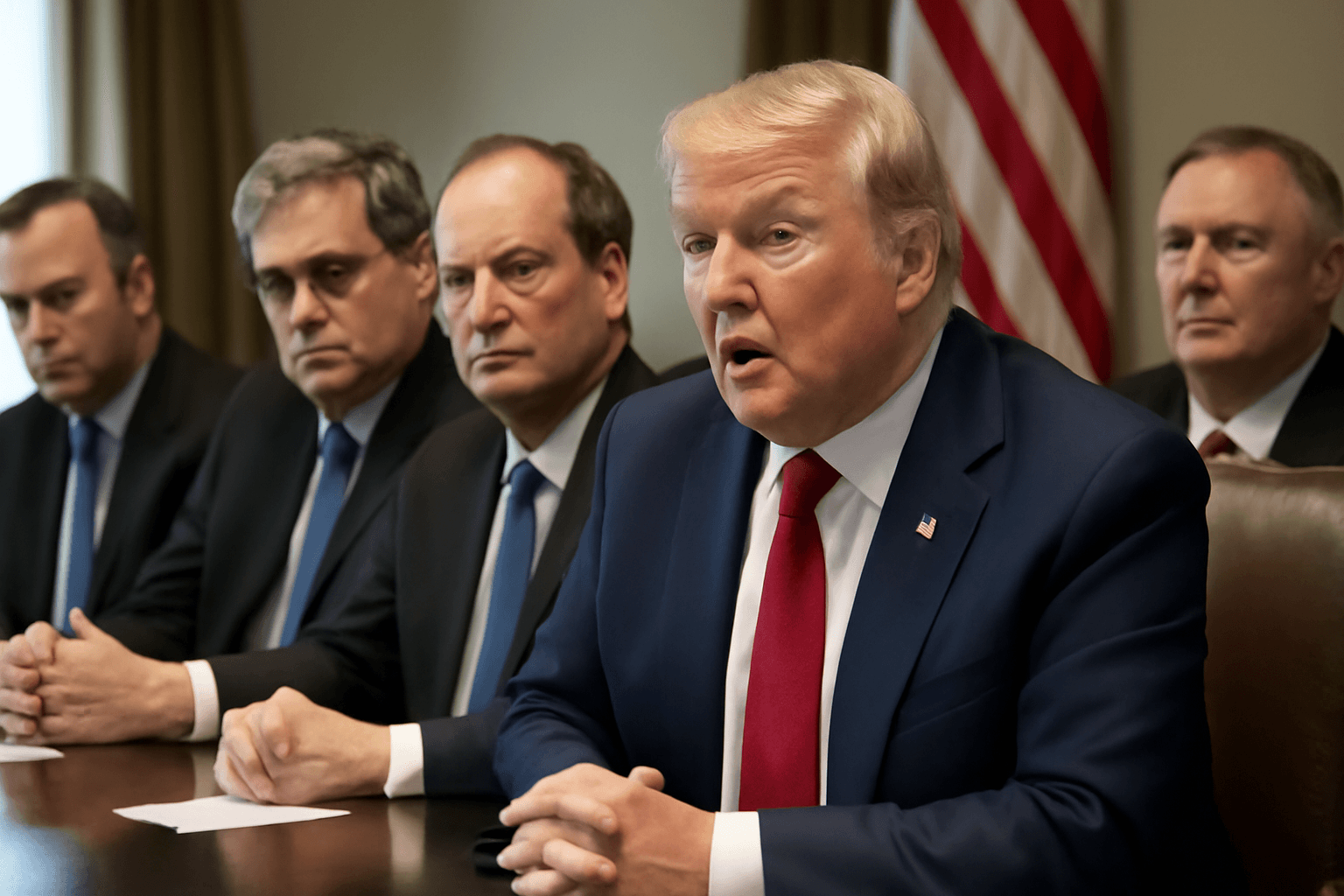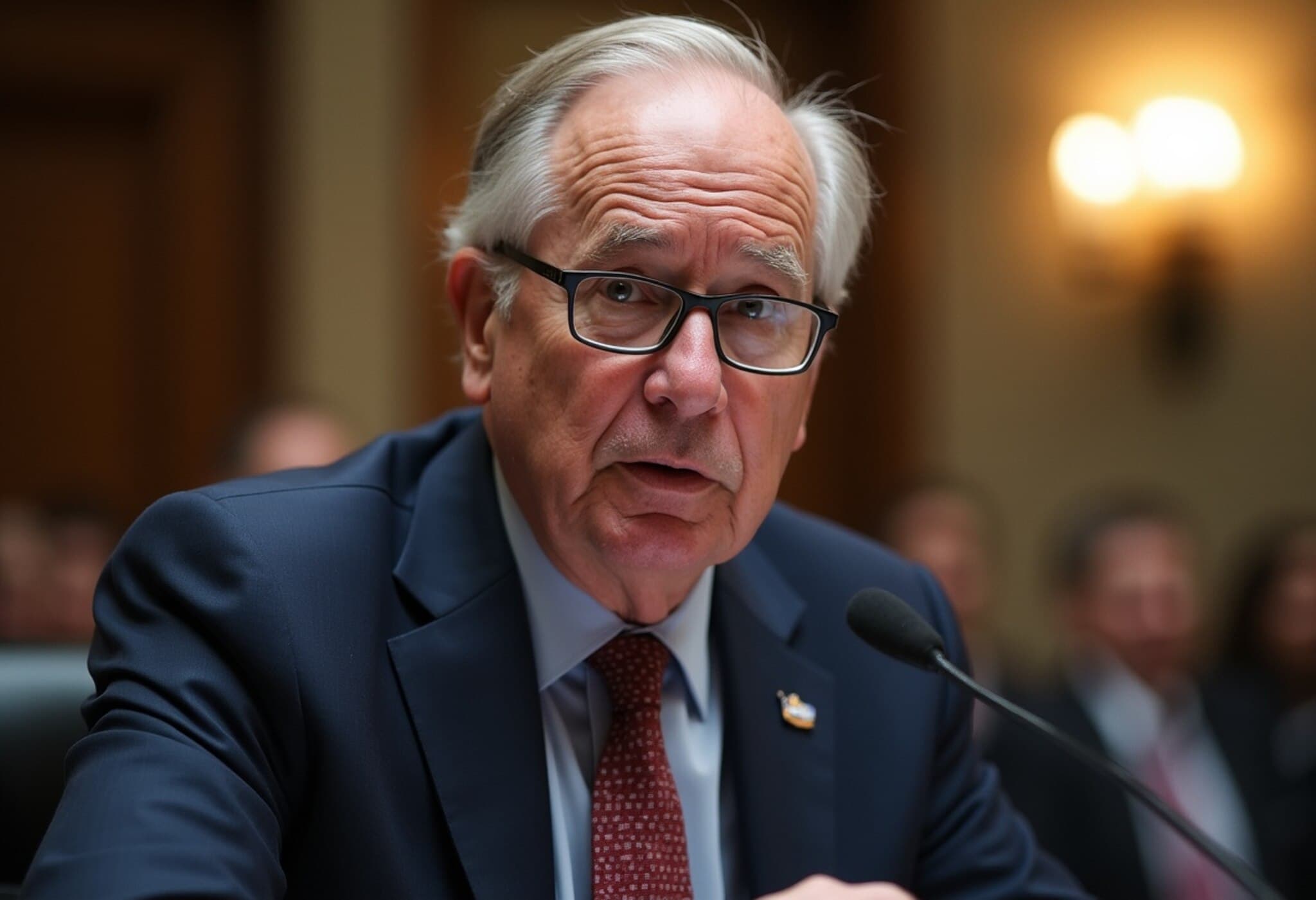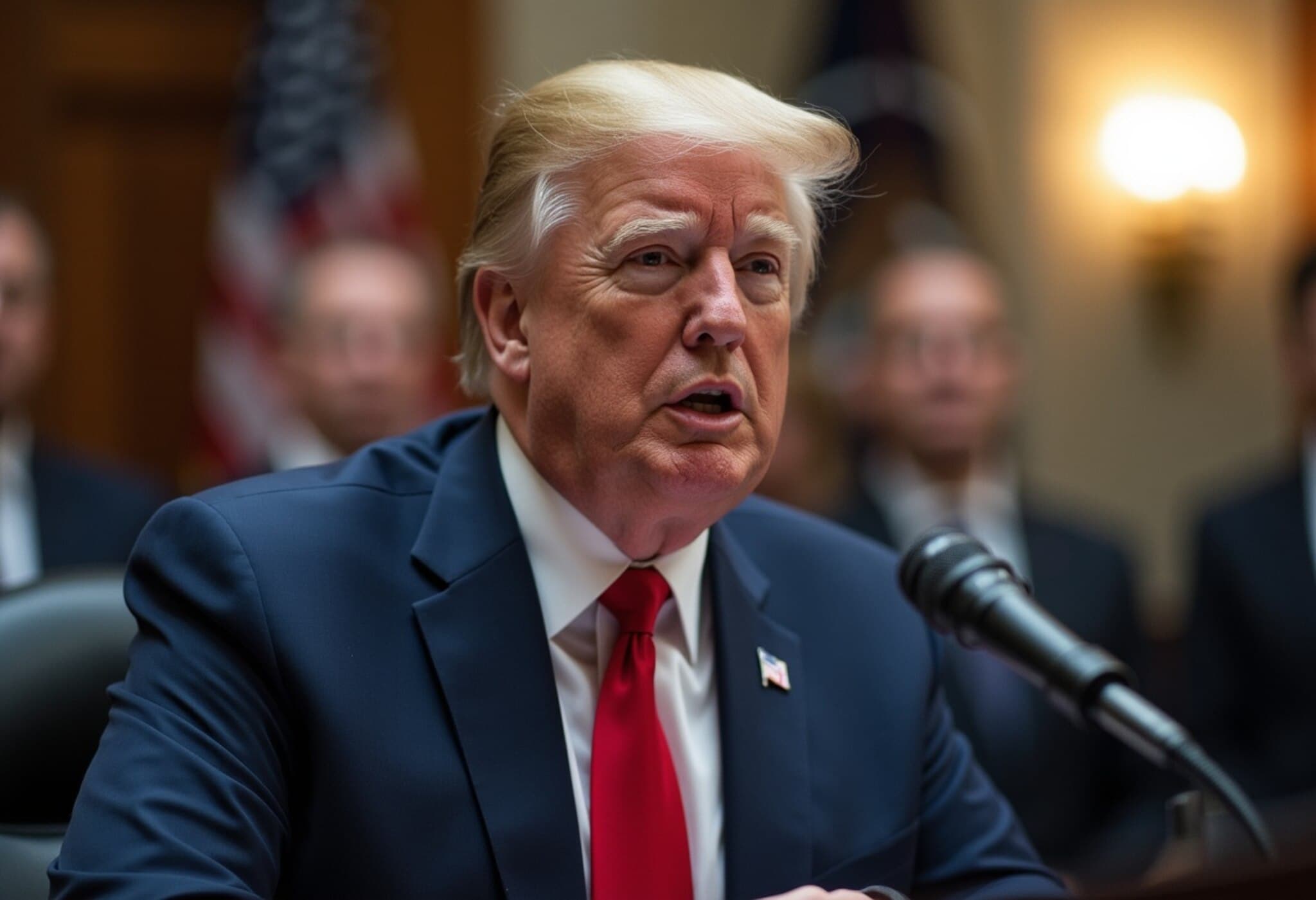White House Considers Inspection of Federal Reserve Headquarters Amid Rising Tensions
In a dramatic unfolding of the ongoing friction between President Donald Trump and Federal Reserve Chair Jerome Powell, the White House has indicated plans to inspect the Federal Reserve's headquarters in Washington, D.C. This development comes amidst a contentious backdrop involving a controversial $2.5 billion renovation project at the Reserve's main facilities.
The Trump-Powell Standoff: A Struggle over Monetary Policy
Since resuming office, President Trump has openly criticized Powell's monetary policies, particularly pressing for lower interest rates to stimulate economic growth. Powell, in contrast, has cautioned that premature cuts risk exacerbating inflation, especially considering the inflationary pressures already fueled by Trump's tariff policies.
The feud has escalated to the point where Trump has threatened to dismiss Powell multiple times. Yet, Powell has publicly committed to finishing his current term, which runs through May 2026. Trump’s most recent statements to Republican lawmakers indicated he does not currently foresee firing Powell unless allegations of fraud surface, leaving the situation precariously unresolved.
Why Inspect the Federal Reserve Headquarters?
On Thursday, White House Budget Director Russell Vought told reporters that the administration wants an on-site review of the Federal Reserve’s ongoing renovation, a project that has ballooned from an initial budget of $1.9 billion in 2019 to approximately $2.5 billion today.
Critics, including President Trump, have raised concerns about potential mismanagement or even fraud in this $2.5 billion upgrade, which aims to modernize two buildings that have lacked comprehensive renovation since the 1930s. The White House’s scrutiny appears to be another point of pressure in the administration’s fraught relationship with the Federal Reserve leadership.
Legal and Institutional Barriers to Removing Powell
Despite repeated threats, removing a Federal Reserve Chair is a complex legal process. The U.S. Supreme Court underscored the Fed’s unique quasi-private status in a spring ruling, making direct presidential dismissal of Powell highly uncertain without established cause.
Such institutional independence is widely regarded as crucial. Leading voices in finance, including JPMorgan Chase CEO Jamie Dimon, emphasize the necessity of keeping the Fed free from political interference to maintain market stability and long-term economic planning.
Contextual Insights: The Stakes Behind the Scenes
- Economic Impact: The clash shines a light on the ongoing tension between U.S. fiscal policy ambitions and the Federal Reserve’s mandate to promote stable prices and maximum employment.
- Political Ramifications: This episode illustrates challenges presidents face when Federal institutions operate with statutory independence, preserving checks and balances in the U.S. political system.
- Public Perception and Trust: Allegations surrounding renovation costs and accusations of mismanagement could potentially undermine public confidence in the Federal Reserve, an essential pillar of the U.S. financial system.
Looking Ahead: What This Means for Investors and Policymakers
Investors and policymakers alike are watching closely. The Federal Reserve’s future direction on interest rates and monetary policy can greatly sway economic growth and global markets. The evolving relationship between the White House and the Fed Chair adds an extra layer of uncertainty to an already complex economic landscape.
Editor's Note
This episode underscores the delicate balance between political leadership and institutional independence in economic governance. While calls for fiscal prudence and accountability in public spending are justified, interference in the Federal Reserve’s autonomy risks unsettling decades of policy consensus designed to shield economic stability from political volatility. Readers should consider the underlying tension between short-term political goals and the long-term health of the American economy, and question how this power struggle might influence the broader U.S. financial system and its global ramifications.

